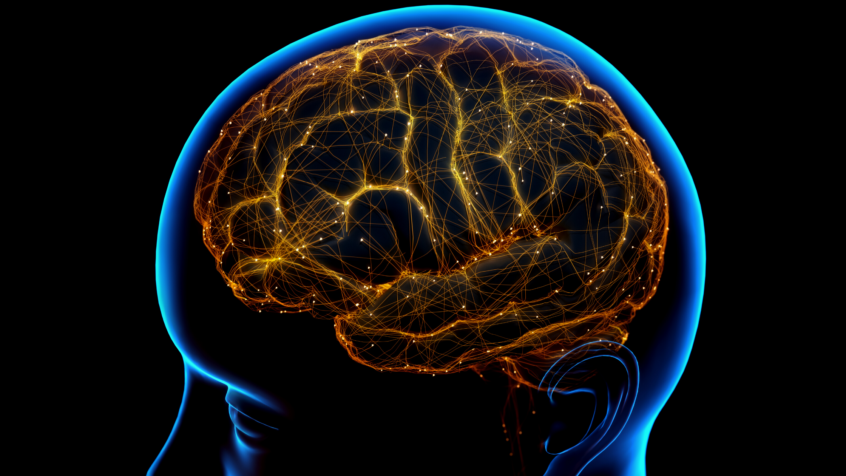I write this blog each week. As I write I often become stuck on how to illustrate the point I want to make. It’s nothing big, just a moment where the words don’t flow as freely. I feel resistance. At that moment, I wanted to reach for my phone.
Yep, that’s a habit. Stuck on a word, reach for the phone.
The thing is, I know what I’m doing. Granted, maybe it’s not until after the phone is in my hand, yet I get that my actions are habitual. I also know that it’s a bad habit for all the myriad of reasons one shouldn’t look at the phone when you want to accomplish something else.
Logically, I know this. Heck, I even coach people around this issue. And here I am succumbing to this habit.
What I found to help me is looking at how habits form and why they exist; really, decoding it so that I can a) have grace with myself when I fall into a bad habit loop and b) more easily let go of the bad ones and create better ones.
Understanding habits is crucial to our success – in all pillars of life. Dr Andrew Huberman, Stanford-based ophthalmologist & neuroscientist, said in a recent podcast that research suggests 70% of our waking lives are run by habits. So, all those meme quotes about habits running our lives are actually true!
Charles Duhigg in his book “The Power of Habits” says that habits form because our brain wants to conserve effort. The more effort we can save, the more attention we can devote to optimizing our hunting for food and deciding when to plant crops in prehistoric times or figuring out the best words to use for this blog in today’s world.
A habit is a learned routine that satisfies a desire. It’s different from a reflex. For example, I didn’t learn to move my hand away if I touch a hot stove. That’s my body’s reflex to sensing pain. I did, however, learn how and when to brush my teeth. This tells us if we can learn to do something, we can also learn not to do something or do something else. In short, there’s hope for my reach for the phone habit.
We have all these habits stored in our mind. James Clear writes in “Atomic Habits” that the sequence for running a habit looks like: 1. a cue; 2. a craving; 3. our response; 4. the reward we get.
I have a positive habit of drinking water first thing in the morning. Here’s how the habit loop works in this example: I see the gallon water jug in the bathroom (cue), I want to drink the water & rehydrate myself (craving), I drink 20ish gulps (response), I feel the cool water in my body and feel good about myself for hydrating first thing (reward). I have learned to get the physical reward of satisfying thirst and the emotional reward of being a hydrated person from this habit loop.
Okay, so if this is why we have habits and how they work, the question becomes what can we do to develop more habits that serve our goals (like drinking water) and fewer habits that block our goals (like phone scrolling).
Dr. Huberman suggests we look at habits in two categories: immediate goal based and identity based habits. Immediate goal based are actions we can check off a list. Identity based habits ladder up to the person that we want to be. Linking a habit to both immediate goal base and identity based uses our psychology to help reinforce the power of the reward.
Drinking water first thing in the morning satisfies both categories for me. I get the immediate goal from the act of drinking and the identity based by reinforcing my belief that I am a healthy person.
I invite you to shift your perspective on habits. There’s no such thing as a bad habit. If a habit is not contributing to your goals, just as you learned it, you can learn something else. And when you link your immediate goal based habits up to an identity you want to cultivate about yourself, you can develop that habit more quickly.
For the record, during the writing of this post, I reached for my phone twice. One was to check a text message that came in and the other was to answer a phone call from my wife Kristen. Since she’s traveling, I get a pass on that one, right?!

